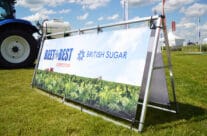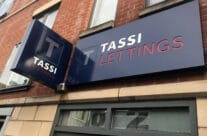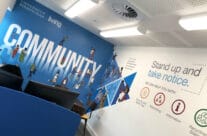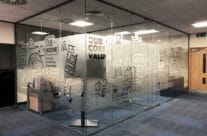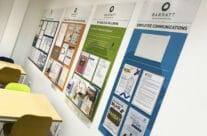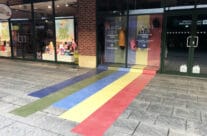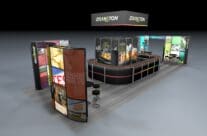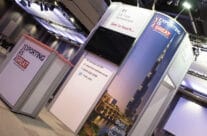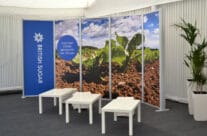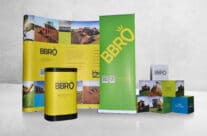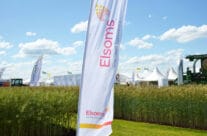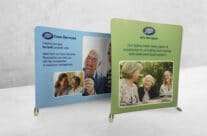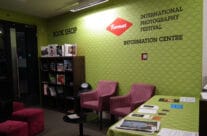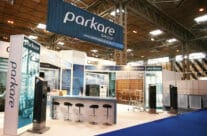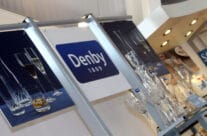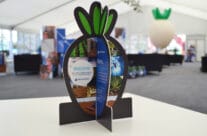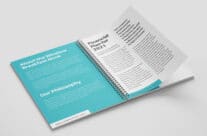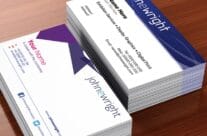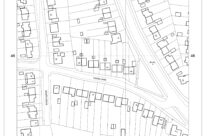Whenever we visit buildings with which we are unfamiliar, we all rely on wayfinding signage to get our bearings and arrive at where we want to go. Whilst we may just follow the instructions and directions, we probably do not often consider the signs themselves.
There are four common forms of wayfinding signs – here is a quick breakdown of the different forms of wayfinding signage and their uses:
Identification – informing people where they area
The first type of wayfinding signs that people look out for – signs telling them where they physically are now and when they have arrived at their destination!
Identification signage will also act as ‘landmarks’ along whatever route people are using to get to their destination point. For example, in an office building, if you are looking for the Human Resource Department but keep seeing office signage for ‘Marketing’ then you are going the wrong way!
Identification signage should be concise and instantly understandable. Different types of identification office signage are door plaques and departmental markers such as ‘SALES’ or ‘ACCOUNTS’.
Directional – informs people how to get there
Whilst identification signage tells people where they are, directional signage helps them get there! It acts as a guide to get to their destination one step at a time – often used at road junctions and around road works where the normal directional flow of traffic has been temporarily altered. Alternatively, in building environments directional signage is used to guide people from department to department and around the different areas and floors of the facility.
Anyone in an area that is unfamiliar to them can make use of diverse directional signage – either plaques signalling left or right, or more detailed directions created with the use of coloured lines on the floor or wall surface indicating the direction in which they should go.
Directional signage should be continuous and sequential to offer clear indication for people following it from point to point.
Informational – inform people with relevant information
Informational signage offers broader information to people and will often apply to overall facilities. You will most commonly see informational signage in environments such as waiting rooms, lobbies and building entrances, and these signs should display relevant and useful information for people in those locations. These signs should answer questions before they need to be asked – where the lifts or bathrooms are, opening and closing times and general relevant information to the area of the building people are located.
Informational signage should be easily and instantly understood and use symbols and signs that are universally recognised.
Regulatory – Lays out rules and guidance
A different form of signage again- regulatory signage is more proactive, as such. It lays out certain rules and guidance for the facility and building that people are in – what is and is not acceptable or allowed. Regulatory office signage displays and reinforces specific rules and regulations on behaviour, safety standards, access and other practical aspects.
Regulatory signage should always be clear, succinct and generally big and bold – for example, “No Smoking” or “No Pets Allowed” and should leave no leeway for misinterpretation or ambiguity.
In summary
Most environments will need to use a combination of the different signage types to achieve the most effective and useful results for the people using the facility. Regulatory signage sets out the rules and behaviours, identification signage tells someone where they are, directional signage leads them to where they need to go, and informational signage furnishes them with the knowledge of the facility itself.
The key is simplicity – whatever the office signage type and regardless of its purpose, wayfinding signs should be instantly understandable and easy to follow.
JOHN E WRIGHT
John E Wright was originally established in 1900 and from modest beginnings has grown into the leading supplier or services and supplies to the CAD and design communities throughout the Midlands.
Our investment in the latest state-of-the-art digital imaging, printing, finishing and copying equipment, as well as our outstanding service, makes us a “one-stop shop” for all your graphics needs!
To speak to our team please don’t hesitate to contact us or find your local branch.



